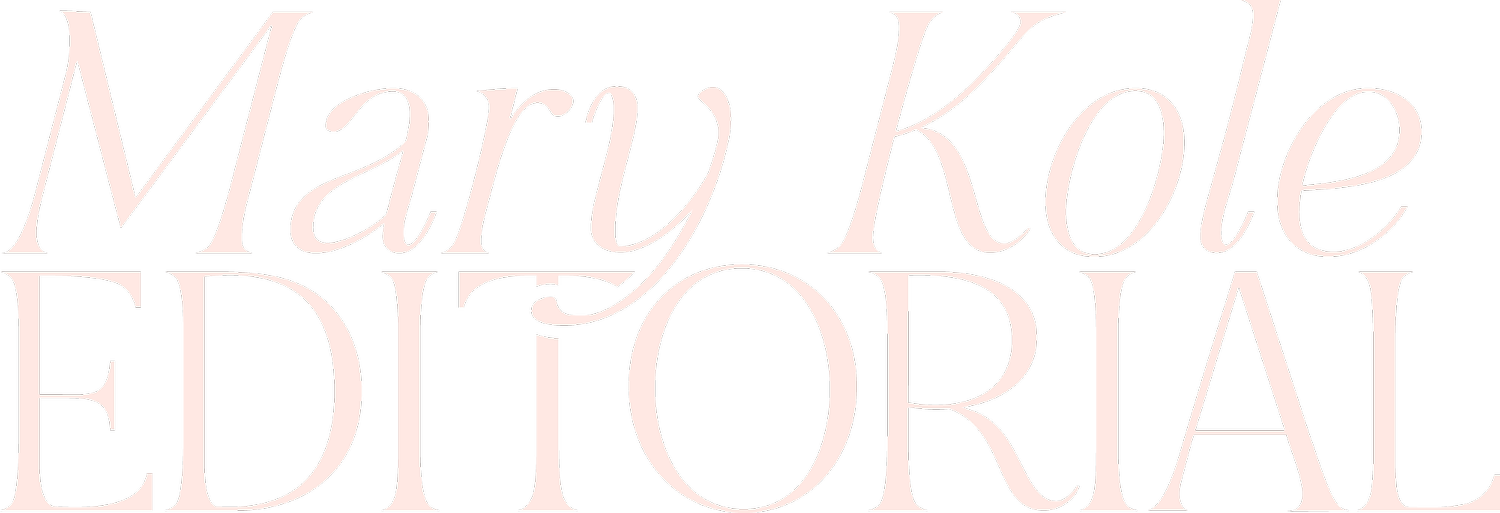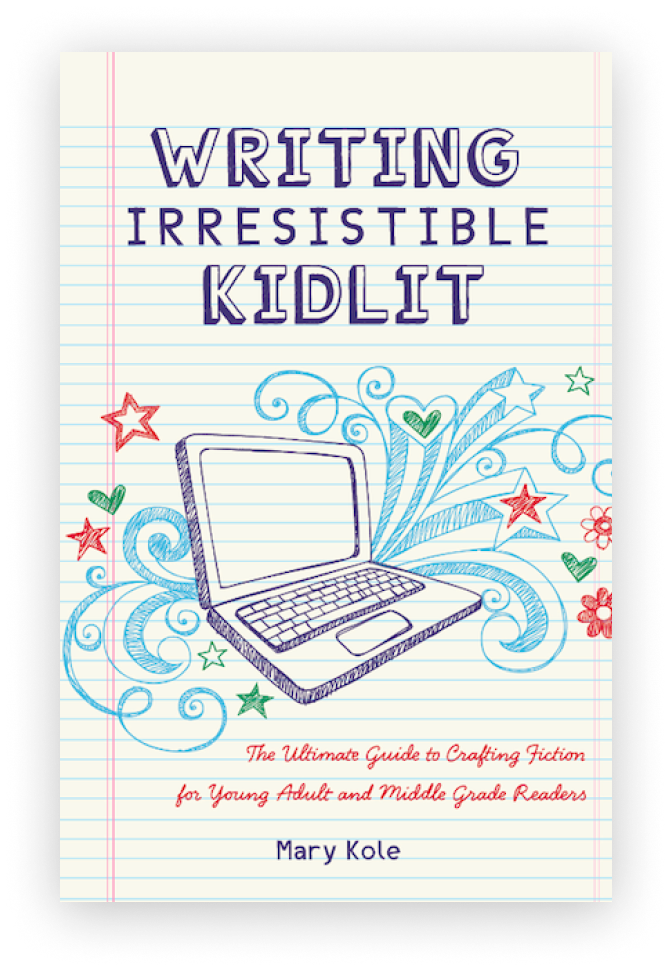Learn About Publishing
Foreign Rights
By Mary Kole
Mary Kole is a former literary agent, freelance editor, writing teacher, author of Writing Irresistible Kidlit, and IP developer for major publishers, with over a decade in the publishing industry.
As an aspiring writer, you have probably found yourself wondering what happens when your book becomes a hit overseas. What rights do publishers have over your work? Are you entitled to any royalties? Can you negotiate your own foreign rights deals? These questions are all valid, and understanding foreign rights in publishing is essential to ensure that you are getting the best outcome possible for your hard work. Here's everything you need to know about foreign rights.
What are Foreign Rights Deals?
Foreign rights deals are agreements between an author or their publisher and a foreign publishing house. The only prerequisites needed for a foreign rights deal is a book deal with a publisher, and some foreign rights to sell. Sometimes, a publisher will acquire “world rights” in a deal, which means they own all of the potential translation rights when foreign publishers come calling, and will act as the gatekeeper that sells them. Sometimes, the author and literary agent will only sell N.A. (North American) rights to a U.S. publisher, which means they have additional foreign rights to sell to international houses.
Once a deal is struck with a foreign publisher, this contract gives the foreign publishing house the right to publish the book in a language or territory other than the original publisher's market territory. Simply put, it's the way publishers facilitate the publication of an author's work in multiple countries. Foreign rights can be a great ancillary source of income for authors, and they can also be a way to reach out and gain a literary following outside of the original country of the book’s origin.
Who Retains the Rights?
As alluded to above, this is specific to a negotiation between publisher, author, and agent. The default for most foreign rights deals is that the publisher retains those rights and negotiates various foreign contracts themselves, but an author can often retain those rights with the help of their literary agent, and resell them independently, either through their agent or a “foreign agent” who specializes in drumming up interest from overseas publishers.
Negotiating and reselling foreign rights yourself isn't for everyone, especially because there’s a big publishing world out there, and you will need to make your own inroads and contacts with publishers across the world, attend international publishing trade shows, and be a good candidate for foreign rights sales to begin with. It’s always best to consult with a literary agent before making any big decisions.
What Kind of Foreign Rights Deals Can Authors Expect to See?
The kind of deal authors can expect to see are heavily influenced by various media factors such as your original publisher’s book sales, critical acclaim, and book marketing potential to a global audience. Often, foreign rights deals are structured as a split between the publisher and the author, with the publisher earning the lion's share of the profits. Sometimes there will be an advance paid to the author, with a split with the publisher (if the publisher retained those specific territories), or with a commission paid to the literary agent (15%) and foreign agent (20% to 25%, where applicable).
When it comes to foreign rights, not every market is different. Some offer higher advances, while others could be a nice way to pay your gas bill for one month. Selling foreign rights is a numbers game, though, and if your book starts to take off in terms of international sales, other publishing markets might come calling, and your foreign rights checks can add up.
How to Exploit Foreign Rights Opportunities
Exploiting foreign rights opportunities is for the creative and bold—or those with a dedicated literary agent. Some authors choose to take the risk and pitch their work directly to international publishers at conferences, writer’s conferences, literary festivals, and other author events. Remember to do your research, make a proposal, and sell your individual brand and author platform to the publisher. A history of strong book sales really helps in this endeavor. Prioritize networking within the literary community, and be prepared to pitch whenever you’re able to interact with industry professionals.
Foreign publishing deals can catapult an author's work into the global market, but these can also be tricky waters to navigate. The key takeaway for authors is to be educated. Know what your rights are, understand how foreign rights deals work, know which rights you’ve retained and what you’ve already sold to your publishing house, and consult experts before signing any contract. Keep in mind that foreign rights deals are just one of many ways to gain exposure for your work. Sometimes, approaching international publishing through unique or unorthodox means can yield great results, too, if you aren’t using an agent as a foreign rights intermediary. The most important thing is to be true to your work and continually take the steps to make it soar.

Click here to purchase Writing Irresistible Kidlit, my book on fiction craft for MG and YA novels, out from Writer's Digest Books. This will show you my writing craft philosophy and give you lots of valuable advice, including tips for the novel revision process and self-editing. There are over 35 example novels cited and discussed throughout. It’s a valuable resource for any writer’s toolkit.
Click here to purchase Irresistible Query Letters, my book on query letters, including over forty examples with comprehensive notes on each one. There’s a ton of submission advice, best practices, and insider information in these pages, and you’ll really enjoy seeing what other writers are doing in the slush.
Click here to purchase Writing Interiority: Crafting Irresistible Characters, my book on interiority and character creation. Explore your protagonist’s thoughts, feelings, reactions and interpretations, expectations, and inner struggles to create a rich, immersive experience. This guide will empower you to create characters who live and breathe on the page, fostering an unbreakable bond with your audience.





